In today’s evolving agricultural landscape, the journey toward higher productivity is being shaped by innovation and data. Farms are no longer guided solely by experience or tradition—digital intelligence is taking the lead. With automation, analytics, and connectivity redefining daily operations, farmers now have tools that empower them to make faster and smarter decisions. This digital shift is improving yields, reducing waste, and driving sustainable outcomes across the global farming community.
The Rise of Smart Agriculture
Agriculture is experiencing a digital transformation on an unprecedented scale. From soil health assessment to predictive crop planning, technology has become deeply embedded in every stage of farming. Farmers today are not just cultivators—they are data interpreters, environmental stewards, and strategic decision-makers.
This transformation has been made possible through tools that merge precision with practicality. Sensors, drones, and AI-driven platforms provide continuous field updates, helping farmers address challenges proactively rather than reactively. With these innovations, even small-scale farmers can now manage their operations like large agribusinesses—organized, informed, and resilient.
Turning Data Into Agricultural Power
Modern farming runs on insights. Every sensor reading, weather update, and drone image contributes to a larger story—the story of how crops grow, respond, and adapt. By analyzing these data streams, farmers can determine exactly what their crops need, ensuring that every drop of water or gram of fertilizer counts.
The use of digital dashboards and analytical tools simplifies the interpretation of complex information. Instead of relying solely on experience, farmers can now quantify and compare results across seasons. This not only improves efficiency but also builds a long-term knowledge base that strengthens future decisions.
Enhancing Farm Operations Through Smart Integration
Technology’s greatest contribution to agriculture lies in integration. By connecting machinery, field devices, and decision-support platforms, farmers can monitor and manage all activities from one central system. This networked approach ensures every part of the farm—soil, crops, water, and equipment—works in harmony.
Crop Management Software plays a pivotal role in this ecosystem. It helps farmers schedule irrigation, track resource use, record yields, and analyze overall performance. The software’s ability to synchronize real-time information with actionable insights makes it indispensable for boosting efficiency while minimizing resource wastage.
Real-Time Field Awareness and Monitoring
Constant visibility over farm conditions has become a cornerstone of productivity. Remote sensing, satellite imagery, and IoT-enabled devices allow farmers to understand crop performance down to the smallest detail. This capability has revolutionized how farmers approach pest control, nutrient management, and weather-based planning.
Another essential digital innovation is Crop Monitoring Software, which provides a live snapshot of the farm’s health. By combining data from sensors and satellite imagery, it allows early detection of irregularities such as disease, drought stress, or nutrient deficiencies. Acting on this information promptly can prevent losses and ensure consistent yields across every planting cycle.
Automation and Smart Machinery in the Field
Automation has turned once time-consuming farming tasks into seamless operations. Autonomous tractors, robotic planters, and drone sprayers are making field management more efficient than ever before. These systems don’t just reduce labor—they enhance accuracy, ensuring that inputs are applied precisely where needed.
Farmers now rely on predictive algorithms to schedule machinery operations and track performance. This not only saves time but also minimizes energy consumption and reduces the environmental footprint of farming. With machines doing the heavy lifting, farmers can focus on strategic decision-making and sustainable growth.
Sustainability Through Digital Precision
Efficiency and sustainability are no longer conflicting goals—they coexist through technology. Precision-based systems enable farmers to apply water, fertilizers, and pesticides only when necessary, reducing both cost and environmental impact. Smart irrigation systems, for example, use soil and weather data to deliver water at optimal intervals, conserving one of farming’s most vital resources.
These data-driven approaches protect soil fertility, limit runoff, and ensure the long-term health of the ecosystem. By using resources responsibly, digital agriculture is paving the way for a greener and more resilient future.
Overcoming Challenges in Adoption
Despite its advantages, the adoption of digital agriculture faces challenges. Rural connectivity issues, lack of technical awareness, and the cost of advanced tools can hinder widespread implementation. However, the agritech industry is actively addressing these barriers by introducing scalable, affordable, and easy-to-use solutions.
Training programs and farmer-support initiatives are helping bridge the digital literacy gap. Governments and private organizations are also investing in infrastructure to bring reliable connectivity to rural regions, ensuring that even small-scale farmers can access the benefits of modern tools.
Collaboration and Cloud-Driven Agriculture
The modern farm operates within an interconnected ecosystem where collaboration is key. Cloud-based agricultural platforms now allow farmers, agronomists, and suppliers to share information in real time. This transparency fosters stronger relationships across the value chain—improving logistics, supply management, and market access.
Data-sharing initiatives are also empowering policymakers and agricultural experts to design better programs for food security, resource allocation, and sustainability. By creating a unified digital network, agriculture is becoming not just more efficient, but also more inclusive.
The Future Landscape of Digital Farming
Looking ahead, the next phase of digital agriculture will blend artificial intelligence, machine learning, and automation at a deeper level. Predictive models will forecast crop yields, climate impact, and market demand, allowing farmers to plan with greater confidence.
Blockchain technology will bring traceability and trust to food systems, while AI-driven robotics will further reduce human effort in repetitive fieldwork. The synergy of these tools will create farms that operate autonomously, sustainably, and profitably.
Conclusion
The journey toward harvesting efficiency is not about replacing traditional farming wisdom—it’s about enhancing it with digital intelligence. Technology has given farmers the ability to measure, monitor, and manage every aspect of production with accuracy that was once unimaginable.
By embracing innovations like smart analytics, automation, and real-time monitoring, farmers are transforming challenges into opportunities. Agriculture is no longer defined by manual effort alone—it is powered by data, guided by precision, and sustained by digital evolution. The future of farming lies in this fusion of nature and technology, where every harvest reflects not just hard work, but smart work.

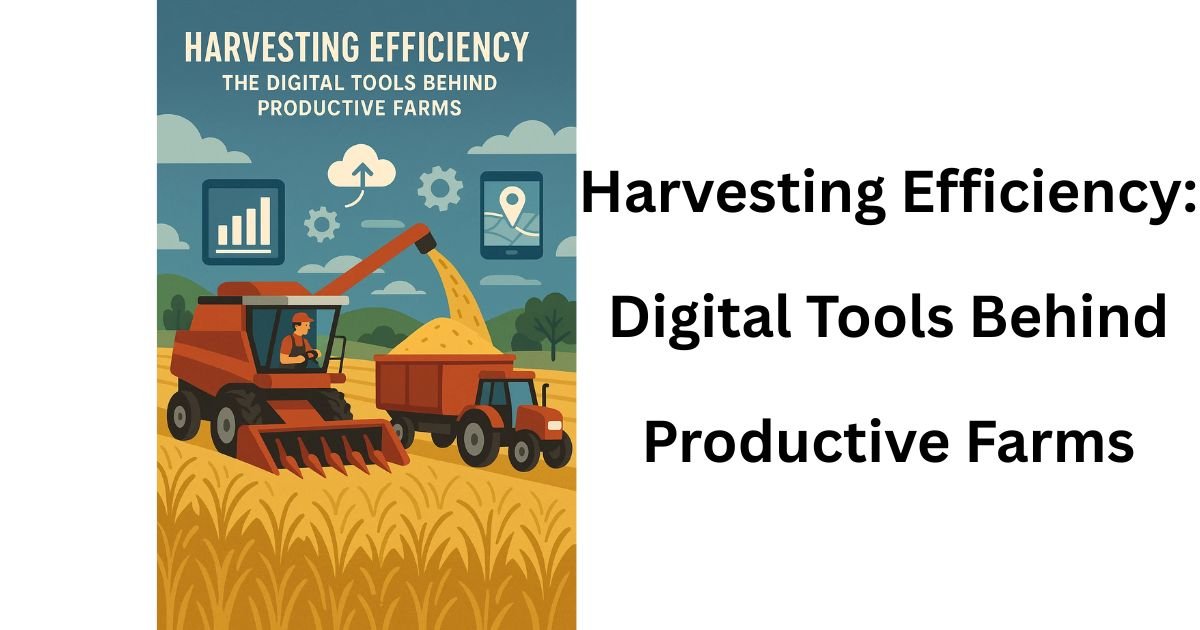

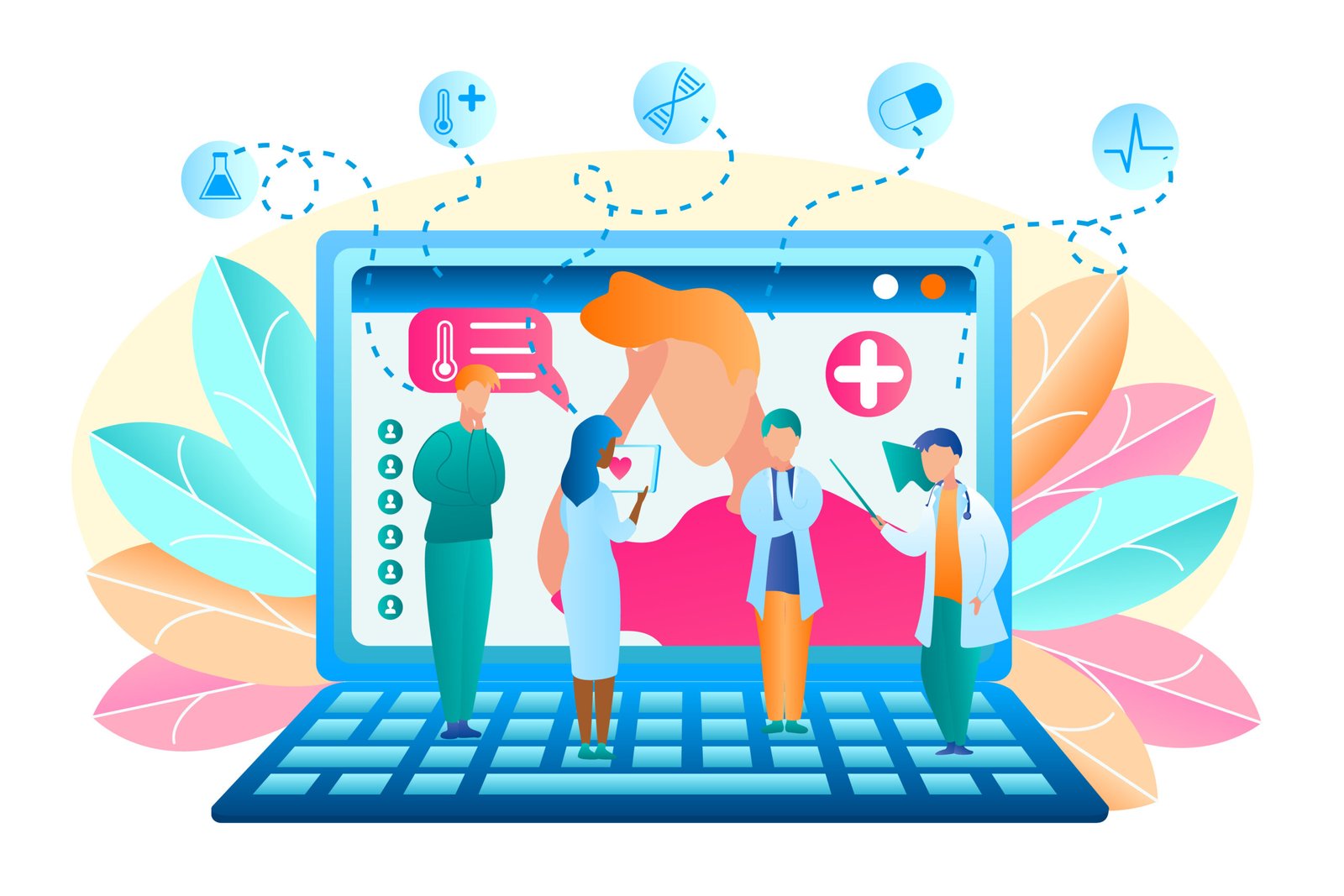
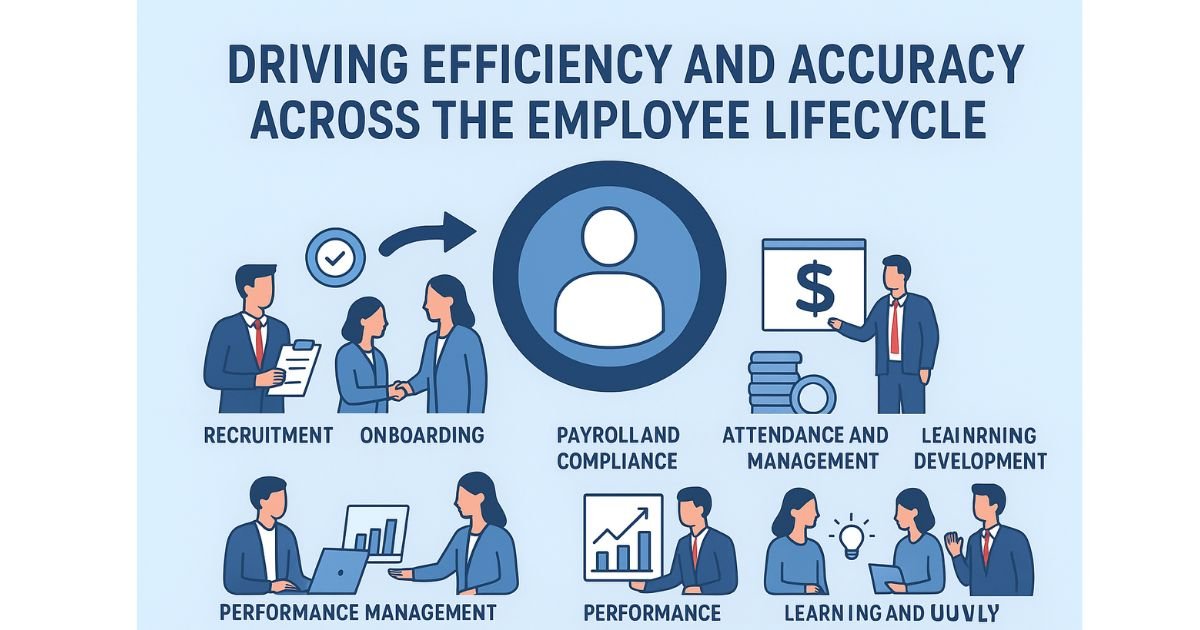

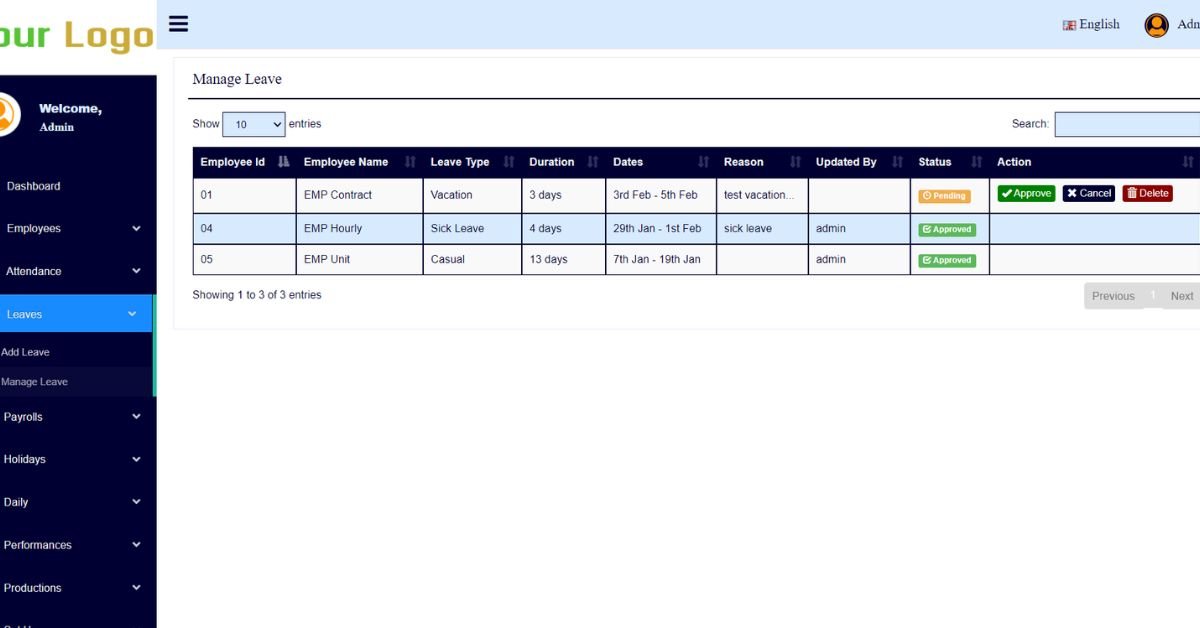

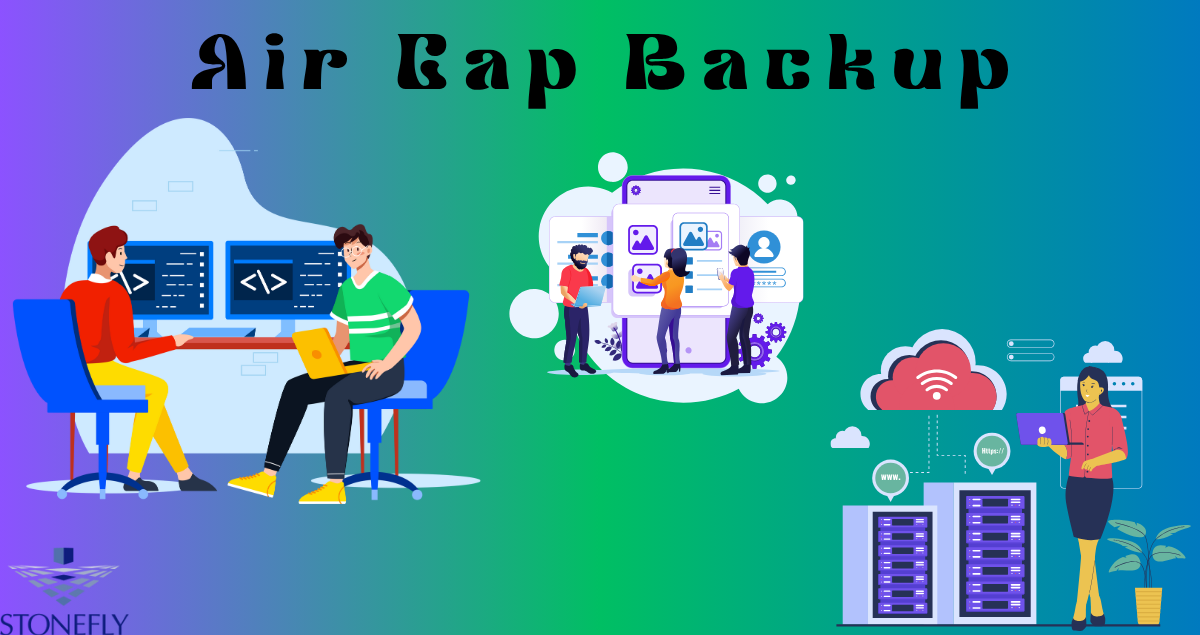




Leave a Reply